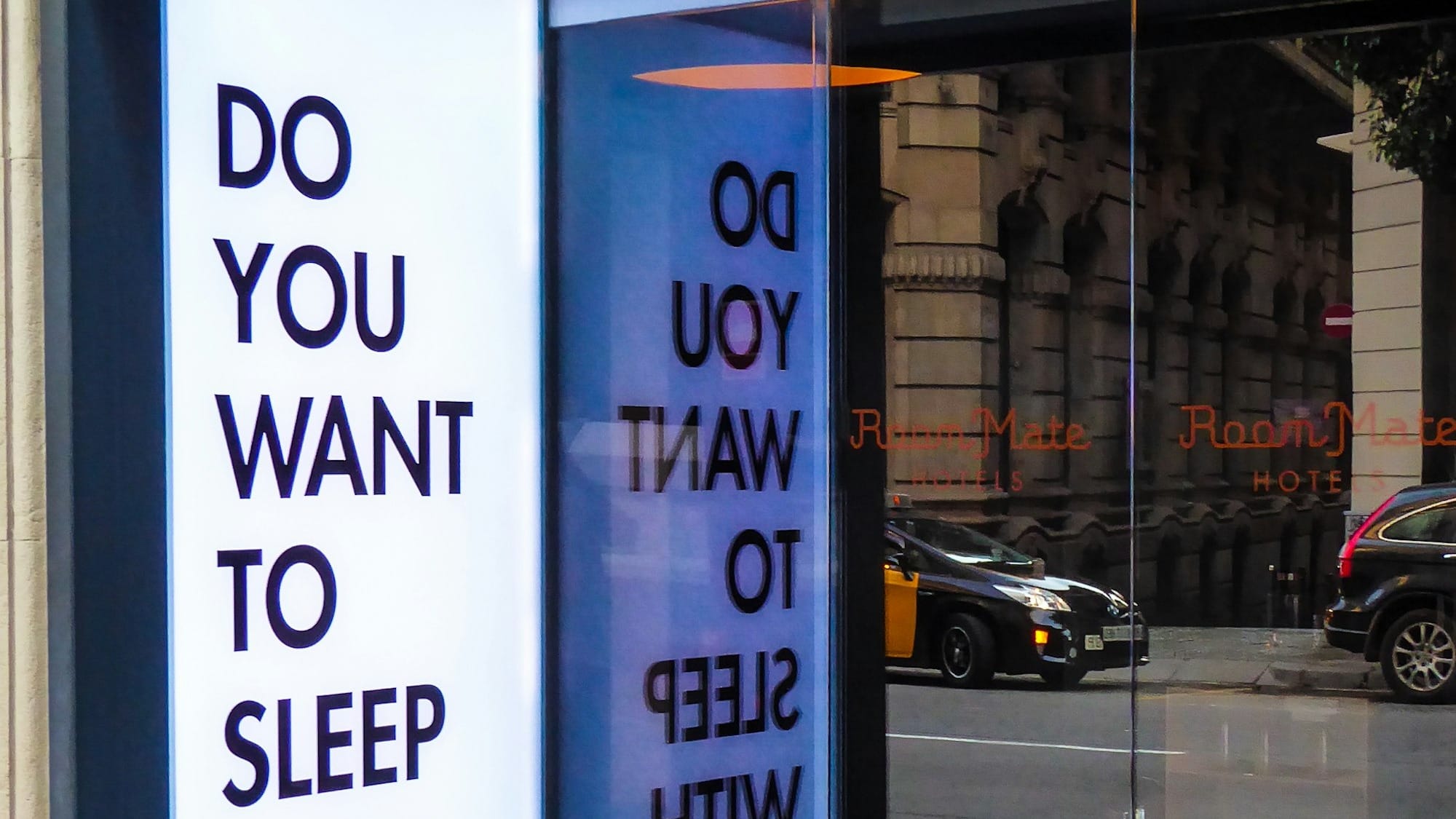7 Popular Retail Technologies and Their Uses
Knowing which technologies to choose can help businesses succeed in a rapidly changing world.

Retail technology has changed how businesses run. It makes connecting with customers easier, simplifies tasks, and improves shopping. From the tools customers use to the systems running stores smoothly, these technologies are now necessary in a competitive market.
With so many choices, it is important to know how each technology works and what advantages it offers. Here are some popular retail technologies and how they are shaping the industry.
Digital Signage Software
Digital signage software is a great tool for retailers to connect with customers in a fun and lively way. Whether pushing sales, showing off new products, or adding to the store's vibe, this tech lets businesses create content that catches attention and boosts sales.
Unlike regular signs, digital signage can be changed easily, making it perfect for different audiences or times. It's convenient during holiday events when promotions need quick updates. The flexibility and visual draw of digital signage makes it a popular choice for modern retailers who want to make a mark.
Besides promotions, digital signage improves shopping. Touchscreens can help customers find or learn about items, saving time and hassle. For stores wanting a smooth and creative shopping experience, using digital signage is a wise choice.
Point-of-Sale (POS) Systems
Today's point-of-sale systems do more than just handle transactions. Modern POS technology combines inventory tracking, customer relationship tools, and sales reporting into one smooth system, making it essential for businesses of any size.
One benefit is the ability to monitor sales data in real time. Store owners can see what's selling, adjust stock levels to prevent waste, and keep popular items available. Many systems now offer mobile POS options, letting staff assist customers throughout the store, which speeds up service and improves the shopping experience.
These systems also enhance loyalty programs by tying purchases to customer profiles. This makes shopping more personal and helps build lasting connections with customers, encouraging them to return.
Artificial Intelligence (AI) in Retail
Artificial intelligence has added new skills to the retail sector, assisting businesses in predicting trends, customizing marketing, and enhancing customer service. AI tools use large amounts of data to spot patterns, which helps retailers make better choices.
One real-world use of AI is giving personalized recommendations. AI-powered tools suggest products based on past purchases or browsing history in both stores and online. This creates a shopping experience that feels just right for the customer. Suggesting matching items can lead to bigger shopping baskets and happier customers.
AI also helps with inventory management. Predictive analytics can predict future demand, stopping retailers from overstocking or running out of popular items. Adjusting stock levels this way cuts costs and keeps things running smoothly.
Self-Checkout Systems
Self-checkout systems are popping up in retail stores, offering customers a quicker and easier way to pay for their stuff. They are handy during busy times, cutting down on long lines and waits.
For businesses, these systems help save on staff costs and make the checkout smoother. Many customers like the speed and freedom that self-checkouts provide, especially for quick buys.
These kiosks often work with loyalty programs and digital payments, attracting tech-savvy shoppers who want modern features. While not perfect for every shop, they change the game for stores looking to get more efficient.
Inventory Management Software
Many retailers find managing inventory tricky, but inventory management software makes it much easier. These tools help you keep track of stock, watch sales trends, and even automate orders when supplies are low.
Keeping accurate tabs on inventory prevents having too much or too little, saving money and making sure customers always find what they need. Lots of systems show how products are doing, which helps businesses spot bestsellers and tweak their strategies.
For retailers with both online and physical stores, inventory software keeps things in sync across all platforms. Being well-organized is crucial for keeping customers happy and running smoothly.
Omnichannel Marketing Platforms
Customers want smooth and easy shopping across all channels, so omnichannel marketing platforms are now crucial for retailers. These tools link online and in-store experiences, creating a unified way to engage shoppers.
For example, a customer might look at products online, get personalized email deals, and then visit the store to buy. Omnichannel tools ensure each interaction feels connected, helping build trust and loyalty.
Retailers using these platforms can better understand their customers' likes and shopping habits, allowing for more effective marketing efforts. In today's competitive market, staying linked across various channels is key to success.
Augmented Reality (AR)
Augmented reality is changing how we shop in stores, offering a new way for customers to engage with products. This technology lets people see how items would look in their homes or try on clothes virtually, making choices easier and more fun.
For retailers, AR provides a chance to stand out with something special. It also helps mix online and in-store shopping, giving customers the best experiences. As AR becomes more widespread, its importance in retail will only increase.
Final Thoughts
Retail technologies give businesses the tools to smooth out operations, make customers happier, and keep ahead of rivals. Each new tool brings its own perks, from digital signage to AI and self-checkout systems.
Knowing which technologies to choose can help businesses succeed in a rapidly changing world. With these resources, you'll be ready to meet customer needs and find success in retail.






